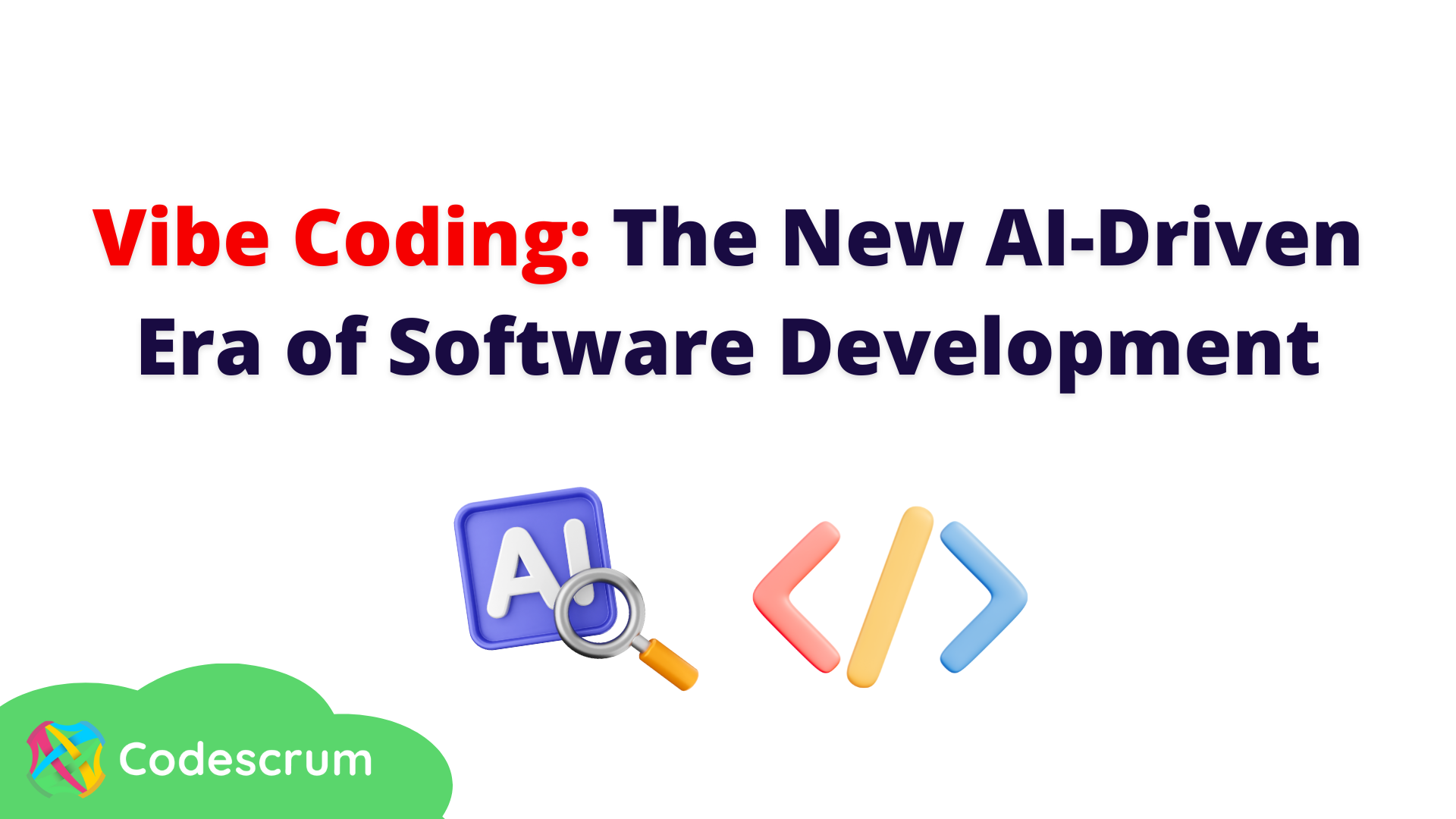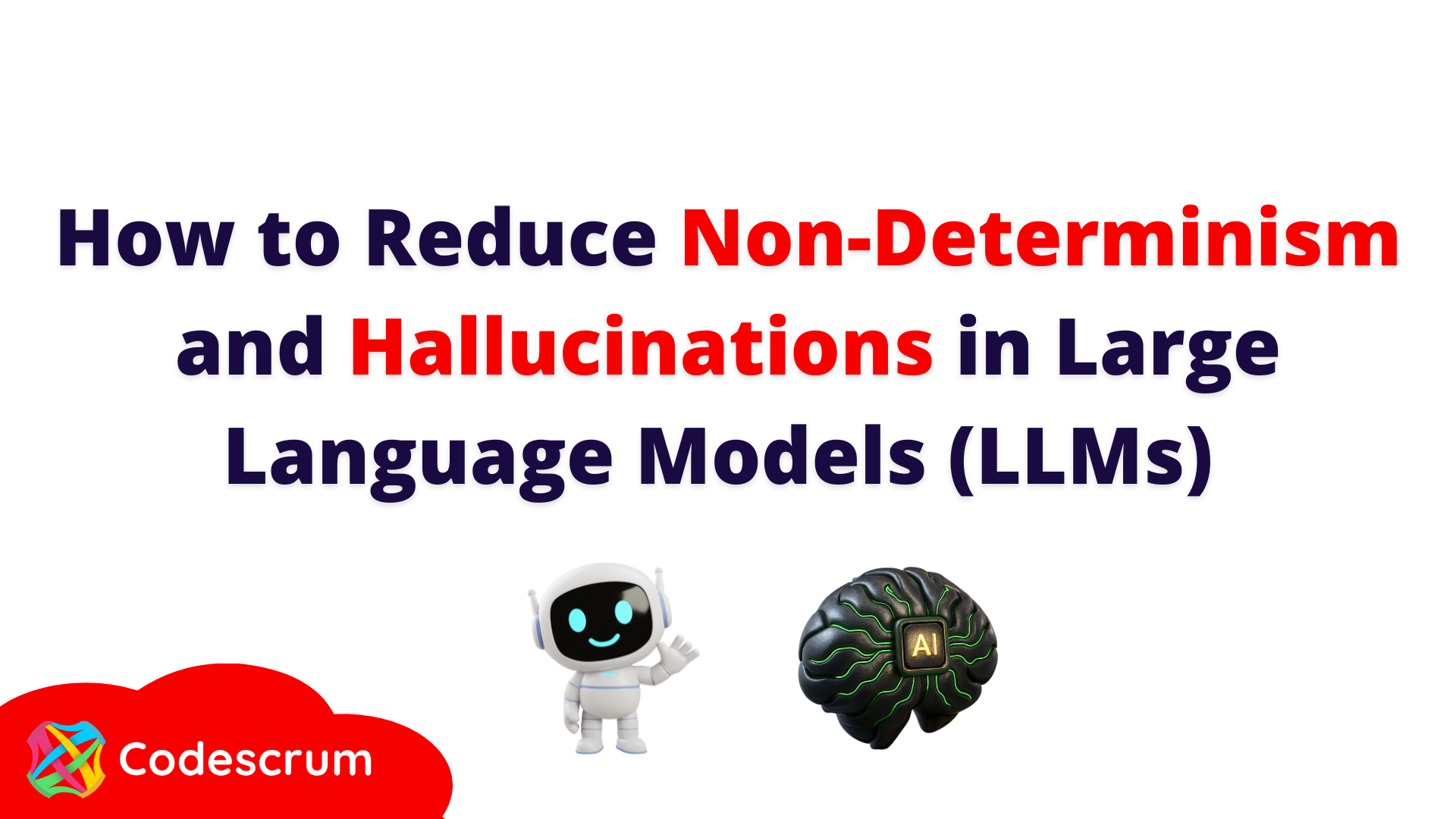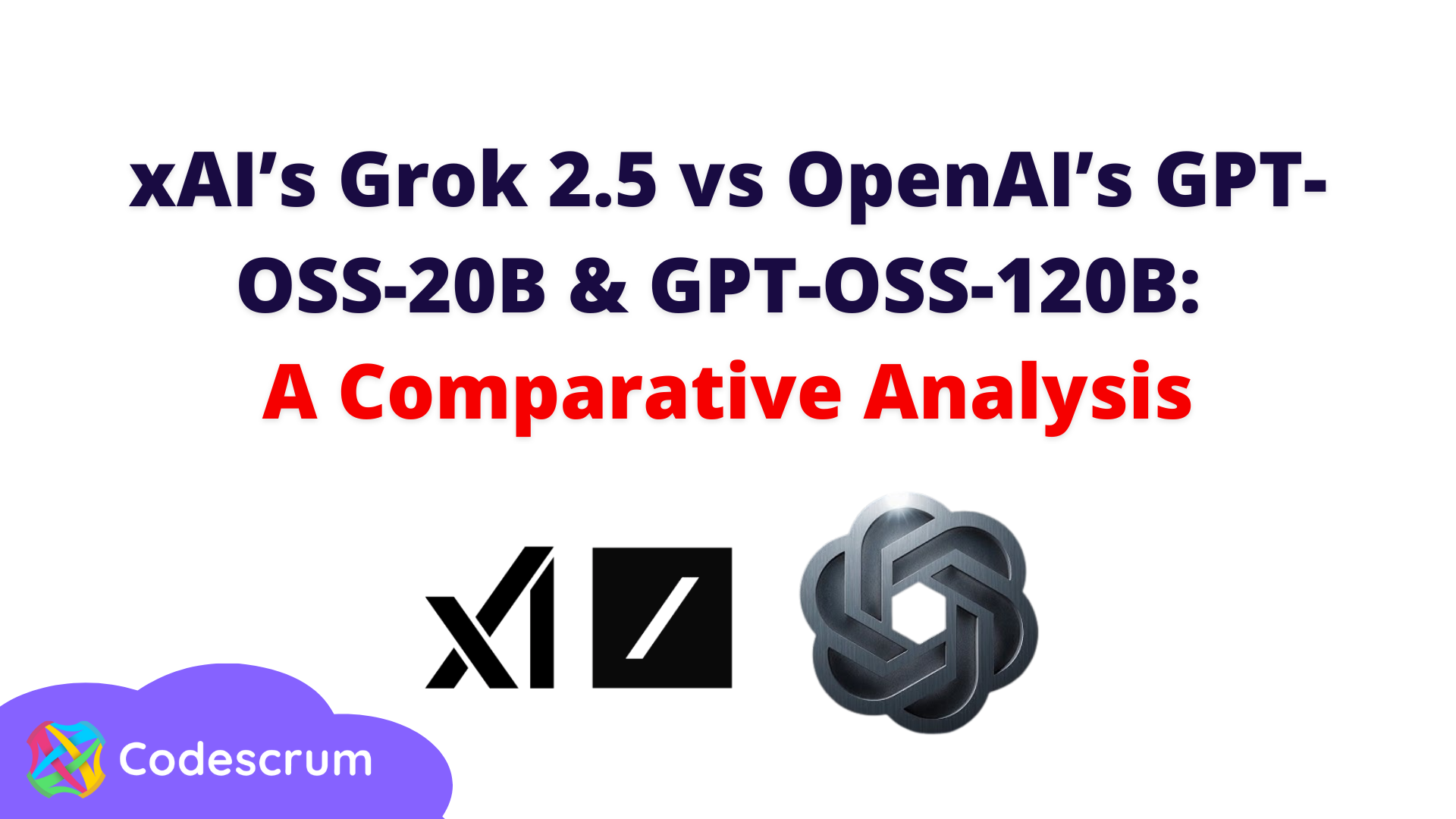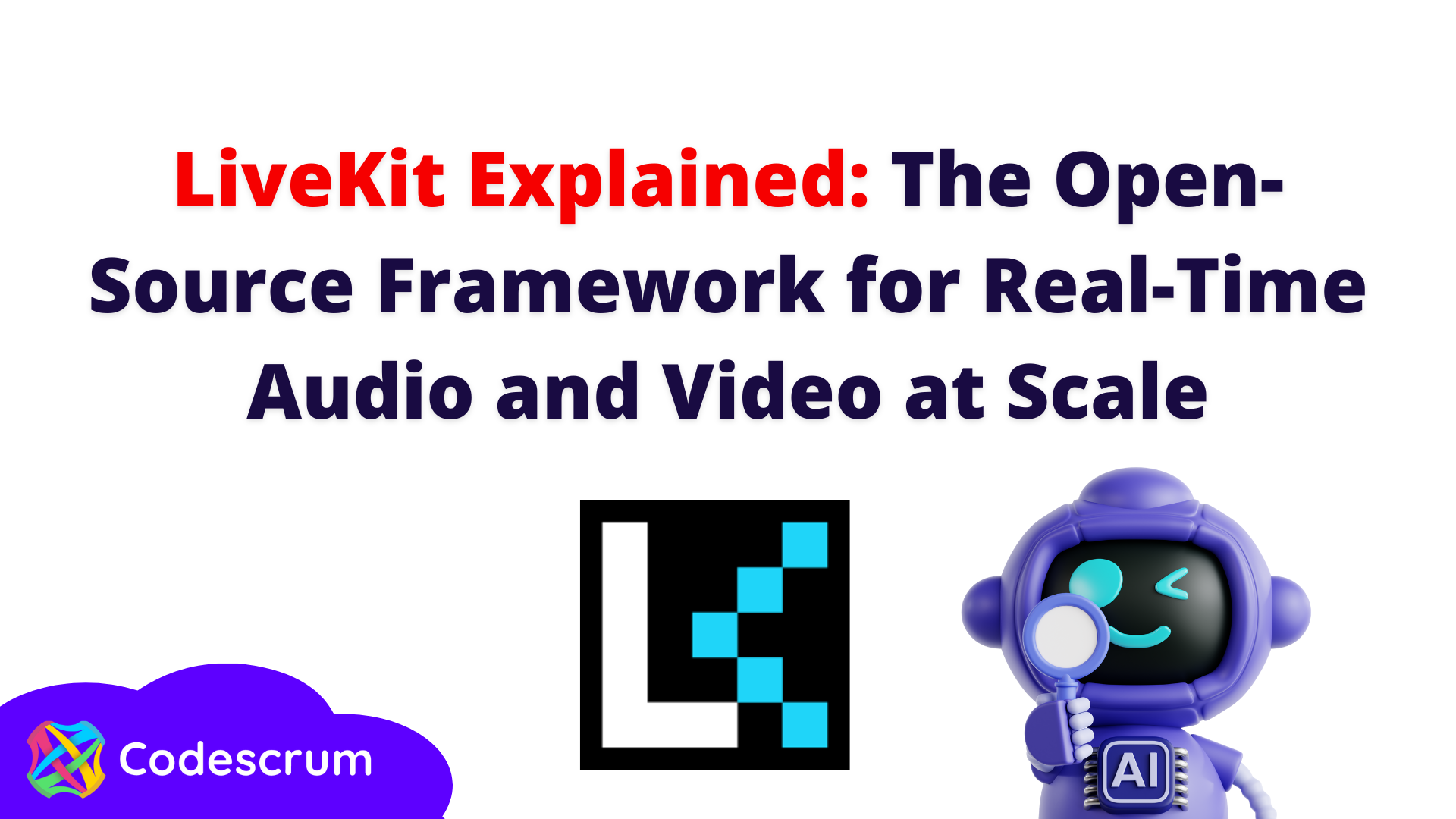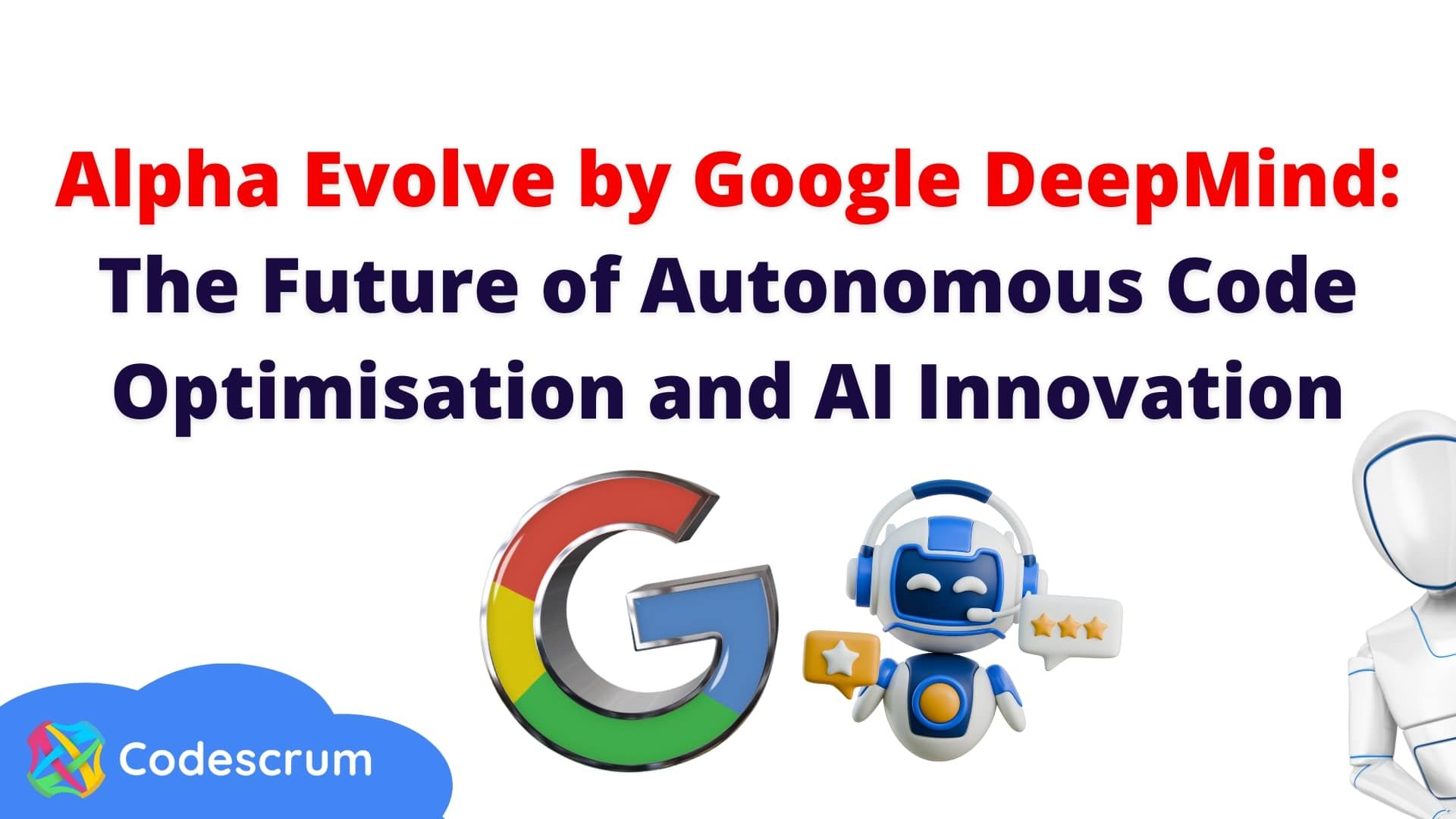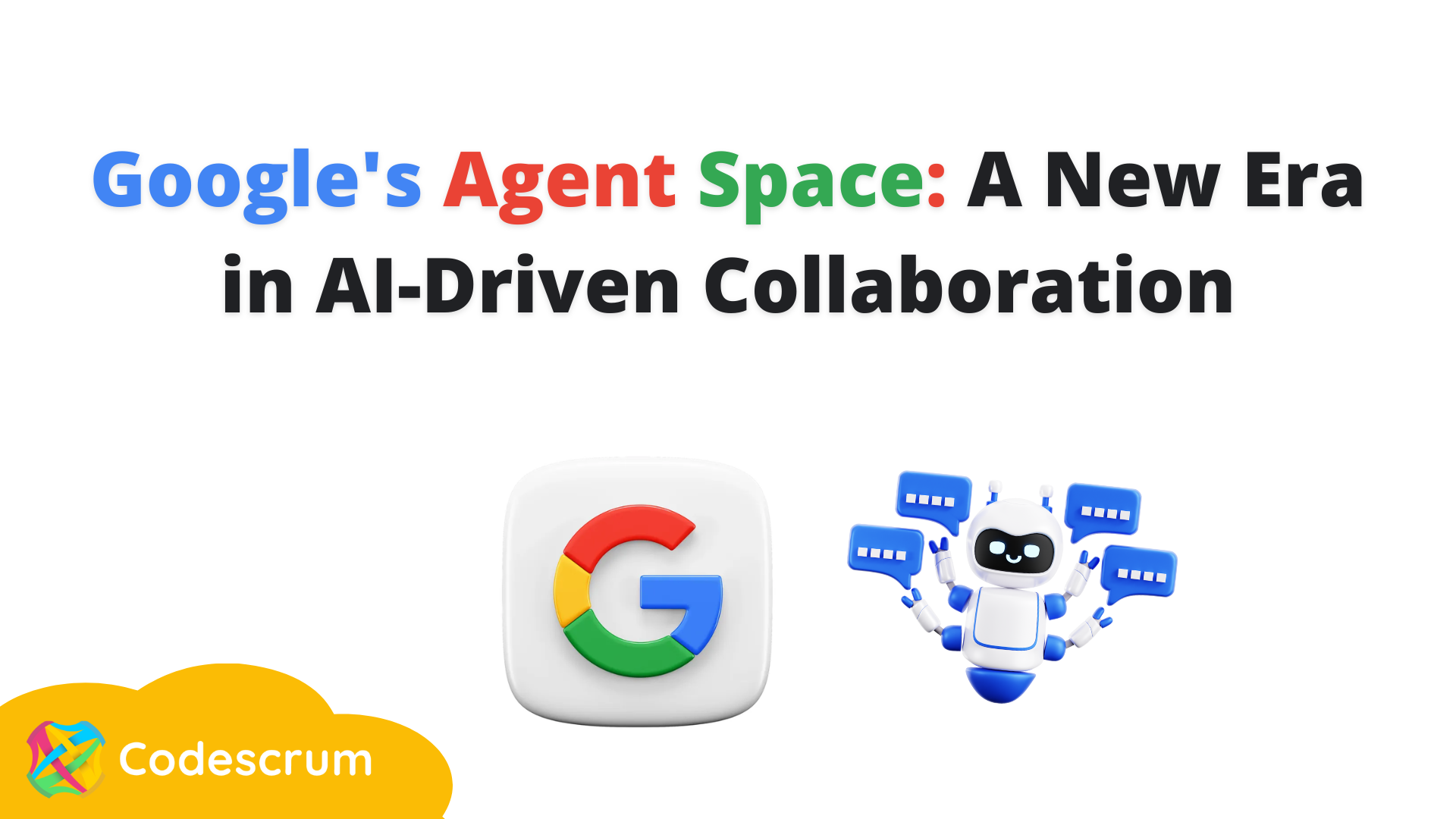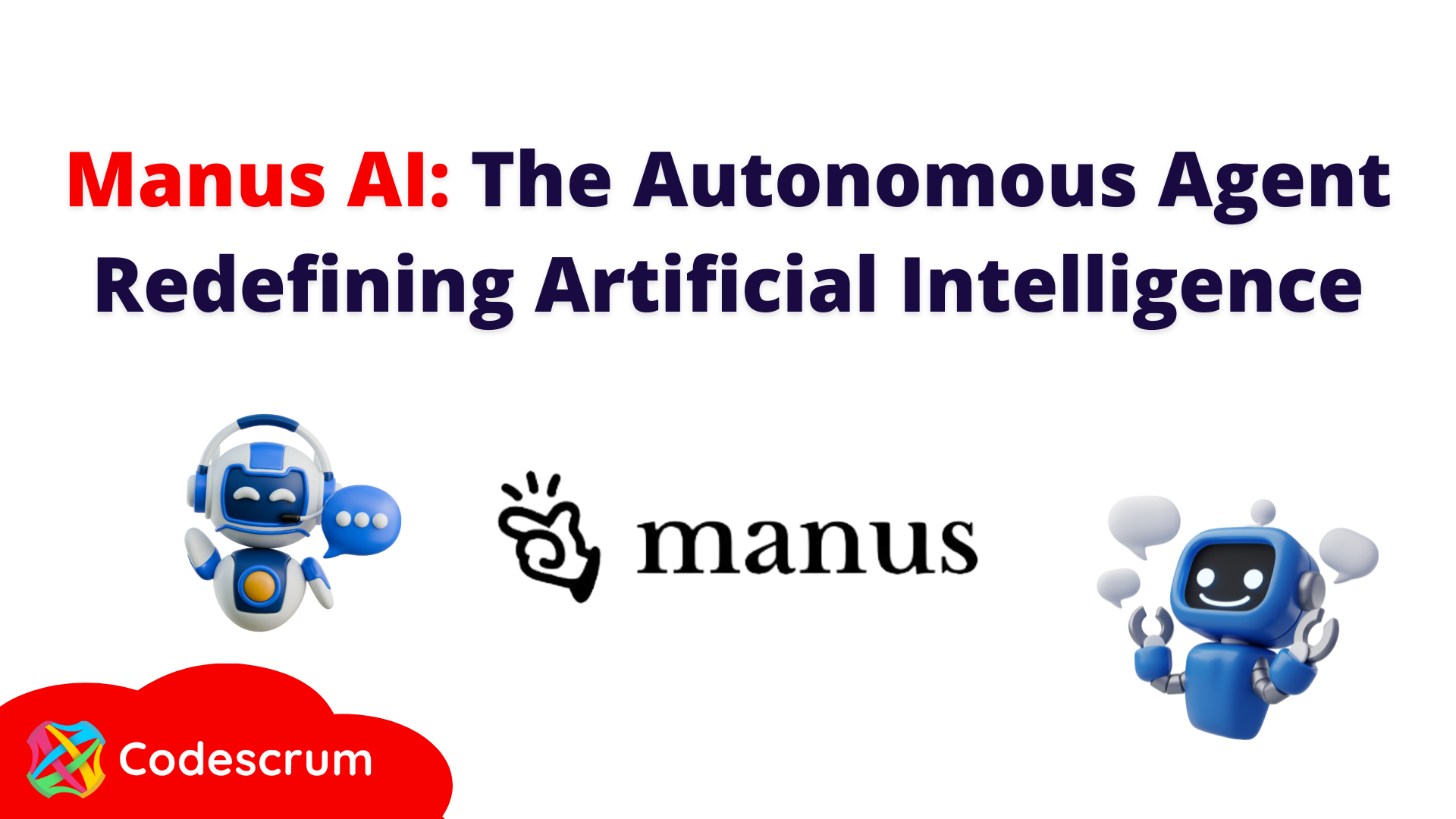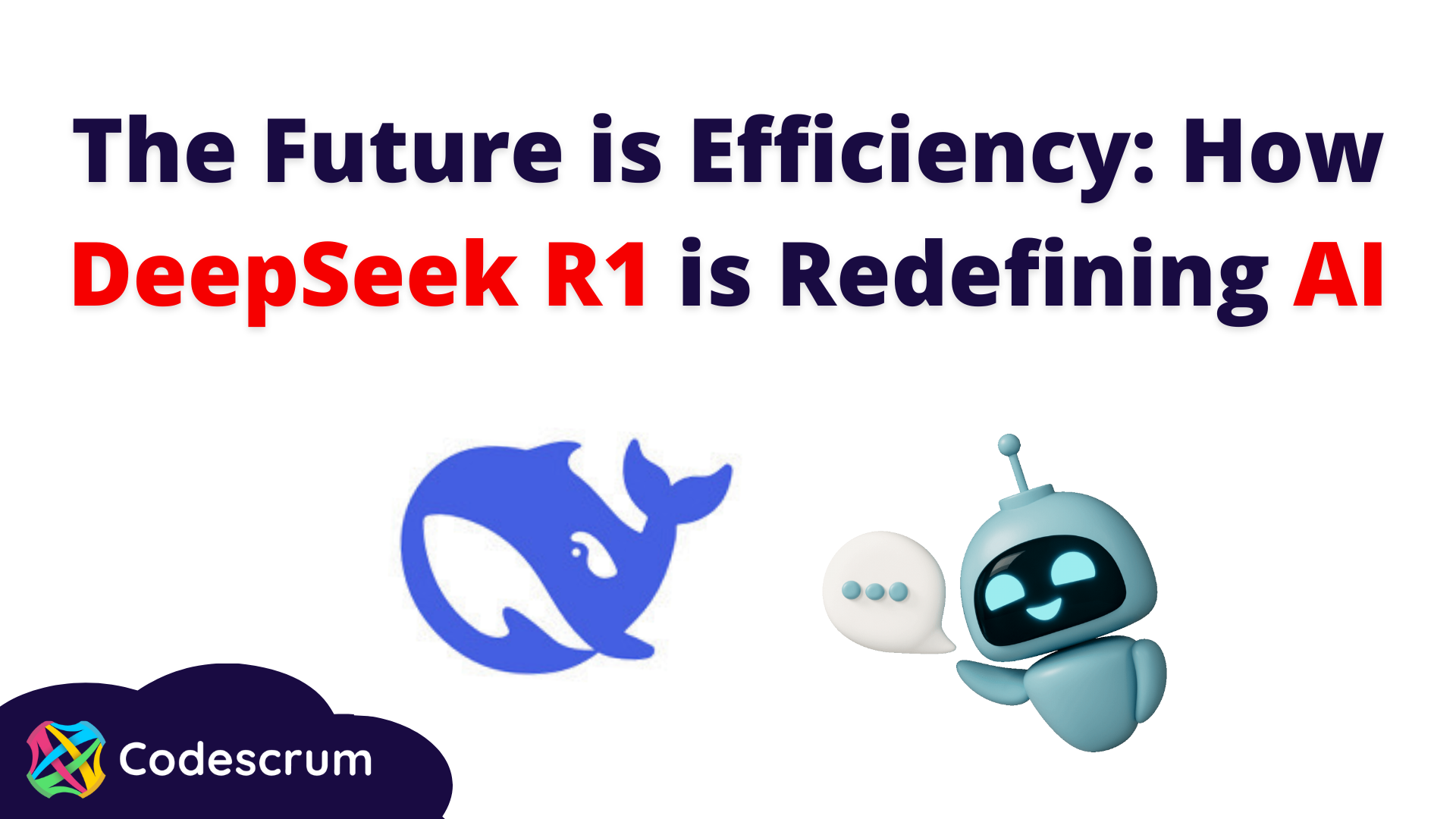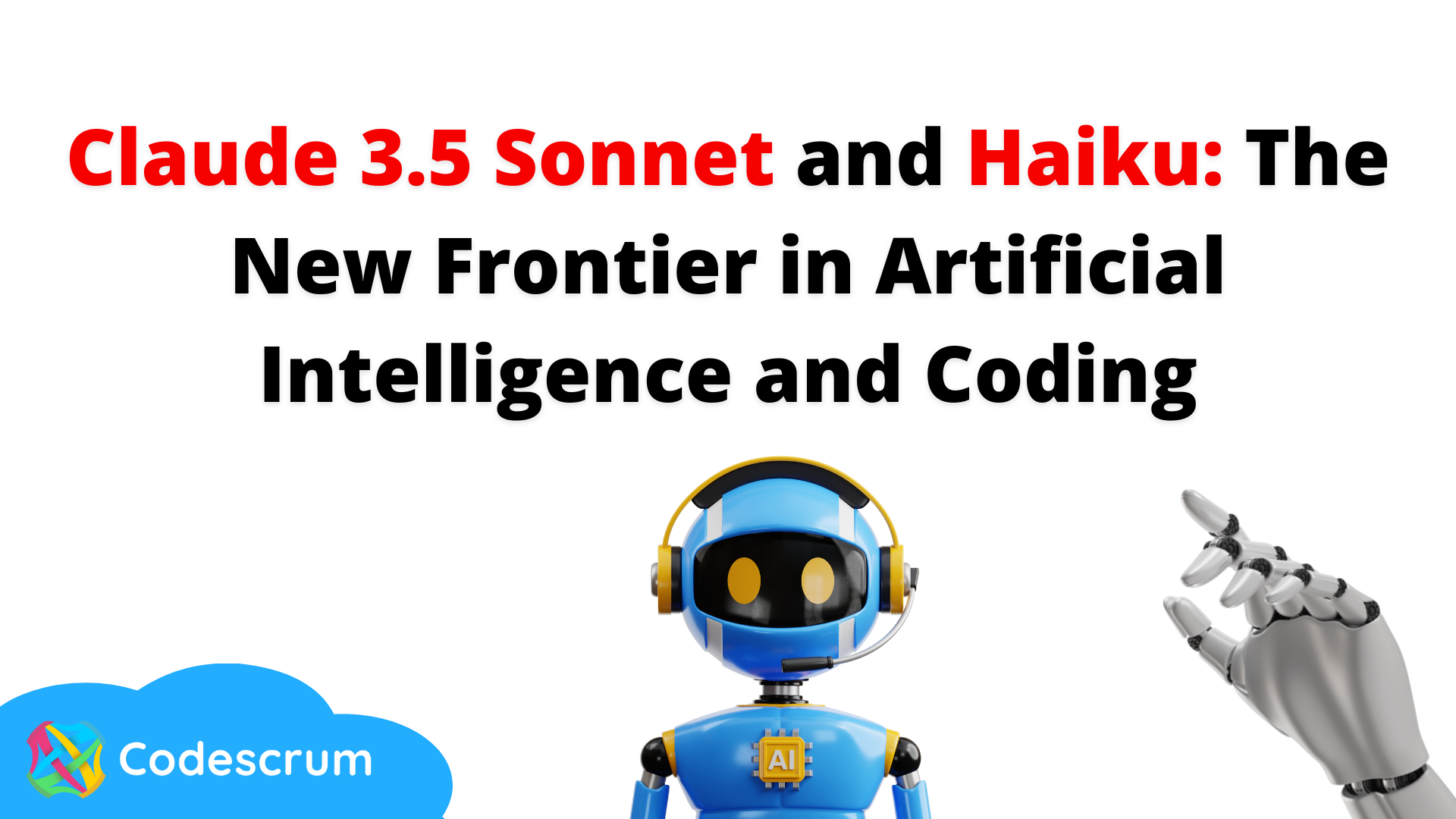Runner H and Surfer H: The Autonomous Web Agent Revolution is Here
Introduction
Runner H is a groundbreaking product recently launched by H Company, designed to redefine how artificial intelligence interacts with the internet. More than just a software tool, Runner H is a complete autonomous web browsing agent. Paired with the open-source Surfer H framework and the Hollow One family of vision-language models, it is setting a new standard for intelligent automation. This article explores the mechanics behind this innovation, its real-world applications, and the reasons it is being described as a breakthrough in browser-based automation. The project is particularly notable for its open-source approach and the high level of transparency in its technical documentation and research methodology.
What is Runner H and How Does it work
Runner H functions as a digital assistant that receives a task in natural language and executes it independently. Users can request operations such as searching for active listings on eBay, compiling information into a Google Sheet, or navigating complex websites. The agent follows instructions by visually interpreting websites just as a human would, performing clicks, scrolling, typing, and even validating the results of its actions. It can work across several tasks simultaneously, which opens the door to impressive levels of productivity in both consumer and enterprise use cases.
Surfer H: The Open Source Framework
At the heart of this system is Surfer H, a framework built to empower agents to operate with human-like behaviour in web environments. It does not rely on APIs, structured data access, or pre-defined site integrations. Instead, the system uses screenshots to understand the interface and generate a plan of action. The architecture is composed of three essential components. The Policy module determines what actions should be taken to complete the task. The Localiser identifies where on the screen to interact by predicting coordinates based on the content of screenshots. Finally, the Validator reviews the outcome of each action and confirms whether the task was completed correctly. If not, it feeds back that information and the agent iterates accordingly, refining its strategy until the goal is met or the cost or time budget is reached.
Hollow One Models: Small, Fast and Open
The models behind this system belong to the Hollow One family. These are compact, efficient vision-language models specifically designed for interpreting web interfaces. Available openly on Hugging Face, they are trained to understand UI images and respond to tasks such as “Book a hotel in Paris for three nights in August.” The model generates a navigation sequence, identifies the relevant parts of the screen, and proceeds as if it were a user. This approach works regardless of the underlying code or document structure of the website. It means the agent can navigate any site as long as it can see it. Developers can even download, fine-tune, and redeploy these models for custom use cases, ensuring full flexibility and long-term viability.
Research Highlights: How Surfer H Works
The research paper released by H Company provides a detailed explanation of the system. It presents Surfer H as a visual web retrieval agent trained through reinforcement learning techniques. The agent does not use the document object model or accessibility trees but instead relies entirely on visual input and learned behaviour. The three-part system is tightly integrated. The Policy module suggests what to do. The Localiser figures out where to do it. The Validator confirms if it was done correctly. If the result is unsatisfactory, the system updates its memory and revises its actions. This loop continues until the task is completed or a cost or time limit is reached. What makes this setup so powerful is that it mirrors human decision-making without depending on brittle or hard-coded logic.
Benchmark Results and Performance
In performance tests, particularly the Web Voyager benchmark, Runner H, powered by Hollow One, achieved a state-of-the-art success rate of 92.2 per cent. It also demonstrated exceptional cost efficiency. For example, while using the 7 billion parameter version of Hollow One, each task cost only 13 cents. In contrast, using Surfer H with GPT-4 yielded a lower success rate at a significantly higher cost per task. These results highlight the strategic balance between accuracy and computational cost that Hollow One achieves. Charts in the official documentation demonstrate that Hollow One models consistently outperform their peers in both precision and economic value, making them an ideal choice for real-world deployment.
Why This Matters: Real-World Use Cases
One of the most powerful demonstrations of Runner H is its ability to handle tasks in parallel. Multiple agents can be launched simultaneously, each pursuing a different task. This level of scalability makes it suitable for enterprise automation scenarios, such as data extraction, lead generation, content monitoring, or customer service integration. For small teams and startups, the open-source nature of the tool allows for experimentation and implementation without major upfront costs, levelling the playing field for innovation.
Integrations, Autonomy, and Control
Additionally, Runner H includes native support for popular platforms and services. It can integrate with Google Docs, Google Sheets, Notion, Slack, and Zapier. Users can upload files as context, connect their accounts for seamless access, and even set up autonomous workflows that involve document generation or API interaction. Soon, payment capabilities will also be introduced, allowing agents to perform online purchases or transactions on behalf of users. Another feature worth noting is the customisation of automation depth, letting users choose between high human involvement or full autonomy depending on the use case and level of trust in the agent’s ability.
Tester H: Automated Web QA is Coming
H Company has also introduced Tester H, a related product currently in private beta. It enables fully automated quality assurance testing for websites and applications. By writing natural language test scenarios like “Open Airbnb and confirm the image of the orange bed appears,” users can automate UI testing without scripting. This complements the broader ecosystem being built around intelligent browser agents. Once Tester H is fully released, it could revolutionise the way software development teams validate their releases and deploy code safely.
A General and Scalable Solution
What truly differentiates Runner H and Surfer H from other automation platforms is their generality. Most browser automation tools depend on specific integrations or developer-maintained scripts. Runner H requires none of that. It is capable of understanding, reasoning, and interacting with any interface it can see. This makes it ideal for environments where APIs do not exist or where flexibility and adaptability are paramount. Because the system is model-agnostic, it can be paired with various large language models and vision systems, giving organisations the ability to choose the right balance of speed, price, and performance.
Conclusion
In summary, H Company’s release of Runner H and Surfer H is a major milestone in the evolution of web automation. By combining advanced vision-language models with an intuitive and robust framework, they have built an open system that performs human-level web tasks at scale, with minimal setup and outstanding accuracy. Whether used in research, industry, or everyday productivity, Runner H represents the next phase of digital agents. It is autonomous, intelligent, efficient, and fully open to the world. This is not only a technical achievement but a signal that the future of AI-driven human-computer interaction is more accessible and flexible than ever before.
